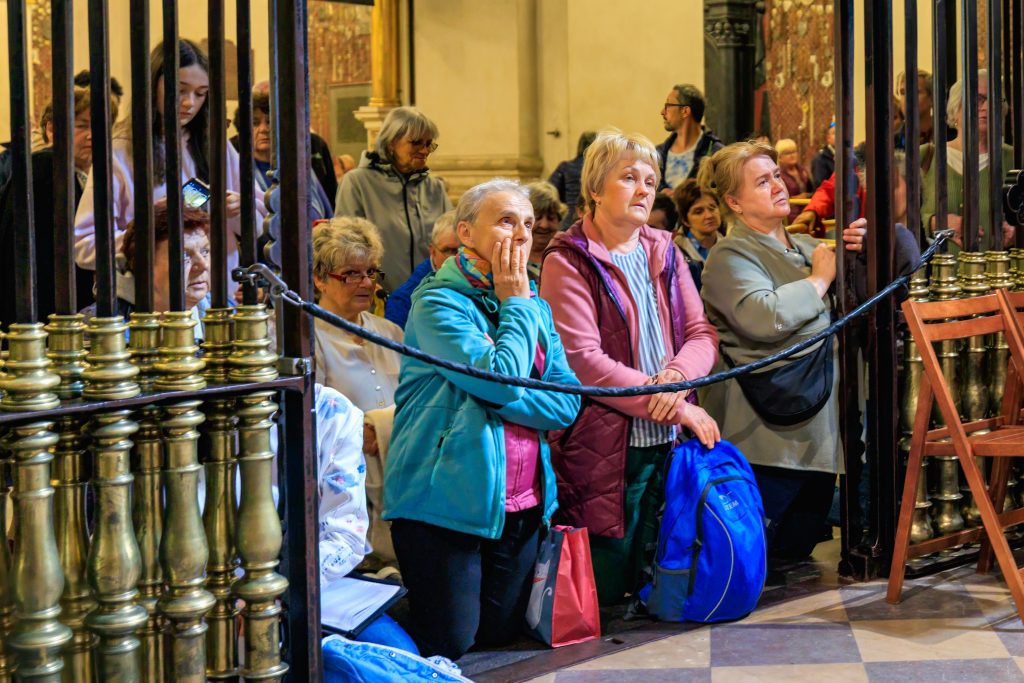Before the Second World War, Częstochowa’s Jewish community was thriving — nearly 40,000 people, about one-third of the city’s population. They played a central role in the city’s commerce, industry, and culture. Today, fewer than 100 remain.
The World Society of Częstochowa Jews and Their Descendants works to preserve this history. One of their recent projects was translating a rare 1936 Jewish newspaper from Częstochowa — a fragile time capsule of life before the German invasion.
Częstochowa, in southern Poland, is perhaps best known for the Pauline Monastery of Jasna Góra, home to the Black Madonna painting and a major pilgrimage site. But for my father, Abram Enzel, the city holds far more personal memories. When Germany invaded Poland in September 1939, Częstochowa’s Jews were forced into a ghetto and later deported to the Treblinka death camp. About 5,200 survived by working in HASAG, a forced labor camp on the city’s outskirts. My father was one of them.


